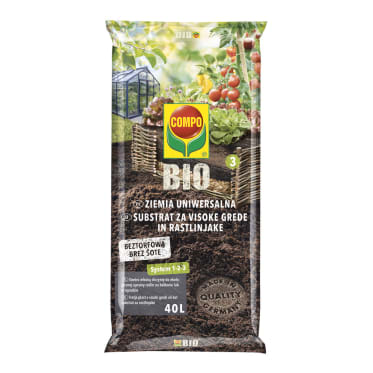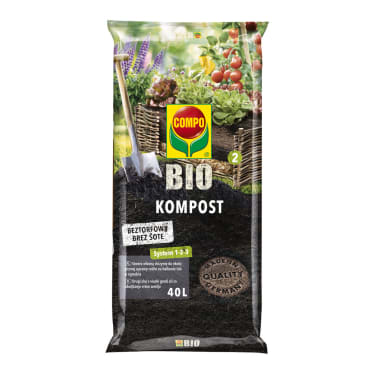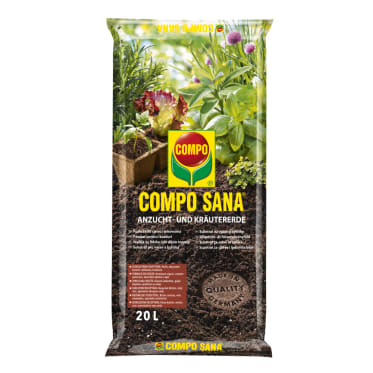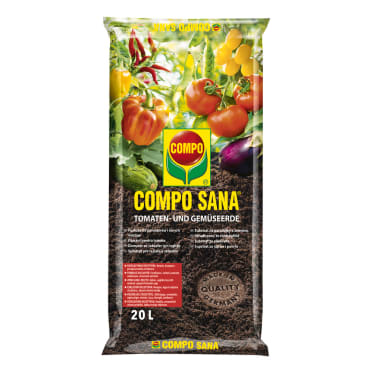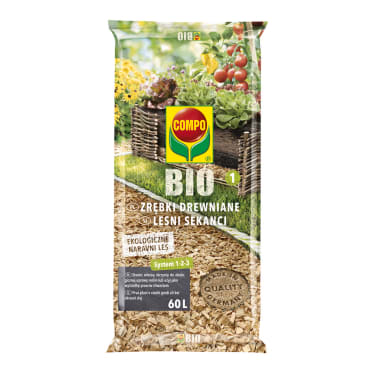Frequent search terms
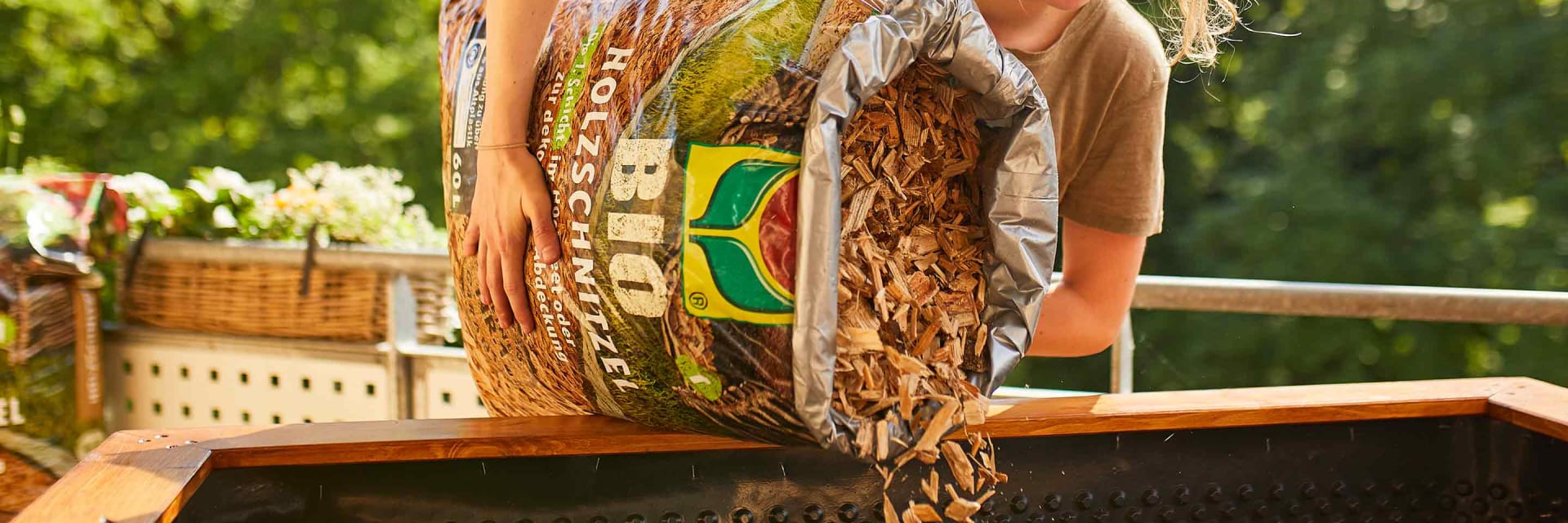
- COMPO
- Guide
- Plant Care
- Basics
- Soil and compost
- Filling a raised bed – the right soil for raised beds
Filling a raised bed – the right soil for raised beds
Apart from enhancing every garden and many a balcony, a raised bed with tomatoes, pumpkins or courgettes also has quite a few benefits! Weeding is gentler on the back, less space is needed when growing vegetables and your harvest is more or less protected from voles and snails. For your plants to develop properly, the filling of the raised bed constitutes an important foundation. That's why we'd like to show you how to fill your raised bed properly and which soil is suitable.
The ideal spot for a raised bed for vegetables
A raised bed is typically used for growing various vegetables, herbs or strawberries. Having said that, edible flowers like marigolds or nasturtiums are also ideal for a colourful raised bed and can be planted as small highlights between the vegetables. Since most vegetables – like cucumbers, tomatoes, potatoes, peppers or carrots and the many herbs – feel at home in the sun, it's a good idea to put your raised bed in a sunny or semi-shaded location.
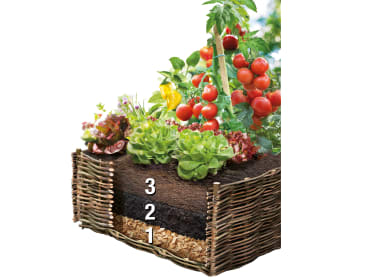
Filling the raised bed – three layers
Once you've finished setting up your raised bed, it's time to fill it. This consists of various organic materials, such as wood chips, compost and nutrient-rich vegetable soil, which are put into the raised bed layer by layer with the different materials becoming finer and finer towards the top.
Why is there a need for different layers?
The different materials contribute to good aeration and a continuous supply of nutrients for the plants. Since the organic materials such as wood chips and compost are constantly decomposing in the raised bed, a certain amount of heat is also produced. Thanks to this heat, radishes, broad beans, onions, spinach, chard, carrots, parsnips and various types of lettuce or cabbage can be grown in a raised bed relatively early in the season.
But in general, other vegetables like tomatoes, potatoes, cucumbers and sweet potatoes also benefit from the fact that they don't get cold feet in a raised bed and will reward you with a rich harvest.

Well aerated
The first layer
The bottom layer of a raised bed should consist of coarse organic material, such as wood chips. This will ensure the bed is well aerated, speed up decomposition of the materials and prevent waterlogging and silting. Twigs, branches or pruned shrub waste can also be used for drainage. The wood chips also inhibit the growth of weeds. Once the layer has reached a height of 25-40 cm – of course, this also depends on the height of the raised bed – the second layer is added.
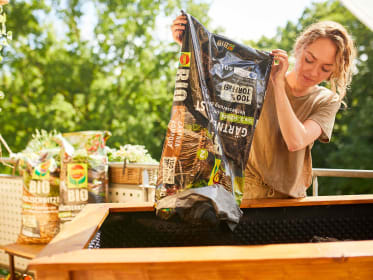
Full of nutrients
The second layer
Green waste compost is ideal for this layer. It promotes an active soil life and provides an excellent supply of organic nutrients. But it's important to make sure that you don't use garden waste or plant residues that have been contaminated by stubborn fungi or pests. You should never compost plants that have been affected by aster wilt, clubroot, fusarium rot, sclerotinia or any other type of root rot, as their pathogens can survive in compost for quite some time. If you then use this garden waste to fill your raised bed, the harmful pathogens will clap their hands in delight, pouncing on the freshly planted vegetables with a newly awakened zest for life. If you can't remember whether you threw a few diseased plants on the compost last year or if the compost smells unpleasantly rotten, it's better to play it safe and use only high-quality gardener's compost. The remains of healthy, freshly pruned perennials that are often left in the garden as waste after spring pruning are excellent for supplementing this. The thickness of the compost layer should be 30-45 cm.
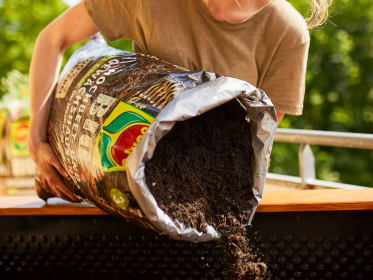
Natural and sustainable
The third layer
The next thing to add is high-quality soil that is both tailored to the needs of different vegetables and well suited for growing plants in a raised bed. That's why we recommend our COMPO BIO Potting Soil for Raised bed and Greenhouses. Thanks to its high humus content and high-yield natural fertiliser, it provides freshly planted vegetables with all the key nutrients for up to five weeks, thus contributing to a successful start to the gardening season. The peat-free raised bed soil is based on completely natural raw materials and therefore wonderfully suited to the sustainable cultivation of vegetables in the garden. The thickness of this layer should be 25-35 cm, depending on the size of the raised bed.
When should you refill a raised bed?
Since the various organic filling materials (such as wood chips or green waste compost) trigger a continuous decomposition process, nutrients that the plants need for growth are released over an extended period. But as the organic materials decompose, the entire filling of the raised bed gradually drops, so you should remove the old mulch layer next spring, refill the raised bed with a little compost and plenty of fresh raised bed soil, then finish by putting a new layer of mulch in the raised bed. Depending on the size of the raised bed, the compostable materials will have decomposed to such an extent that you will have to completely refill it after four to seven years at the latest. But you don't have to dispose of the contents of the raised bed. Rather, the humus created is perfect for your garden soil.
Is it possible to fill a raised bed with soil alone?
Filling a raised bed with soil alone is not a good idea – especially if you want to grow vegetables in it. But if you only want to plant ornamentals in the raised bed, you can simplify the sophisticated layering system a little. Place only one layer of wood chips or brushwood as drainage at the bottom – this will ensure effective aeration and at the same time prevent waterlogging. Then fill the raised bed with high-quality potting soil. Depending on which ornamentals you are using, you can also make your own adjustments. In addition to universal potting soils, special-purpose soils for ornamentals with a high nutrient uptake, such as geraniums, petunias or chrysanthemums, are also available. If you have a very high raised bed, then you can also reduce the depth by first filling it with stones and gravel, which are then covered with some non-woven material. You can then fill the raised bed with soil. Keep in mind that ideally the depth of the soil layer should not be less than 30 cm so as to give the plants as much room as possible for their roots to grow. Due to the rotting process, the raised bed's filling drops by about 10-20 cm on average after one year, which is why the top layer should be filled with fresh soil every year.
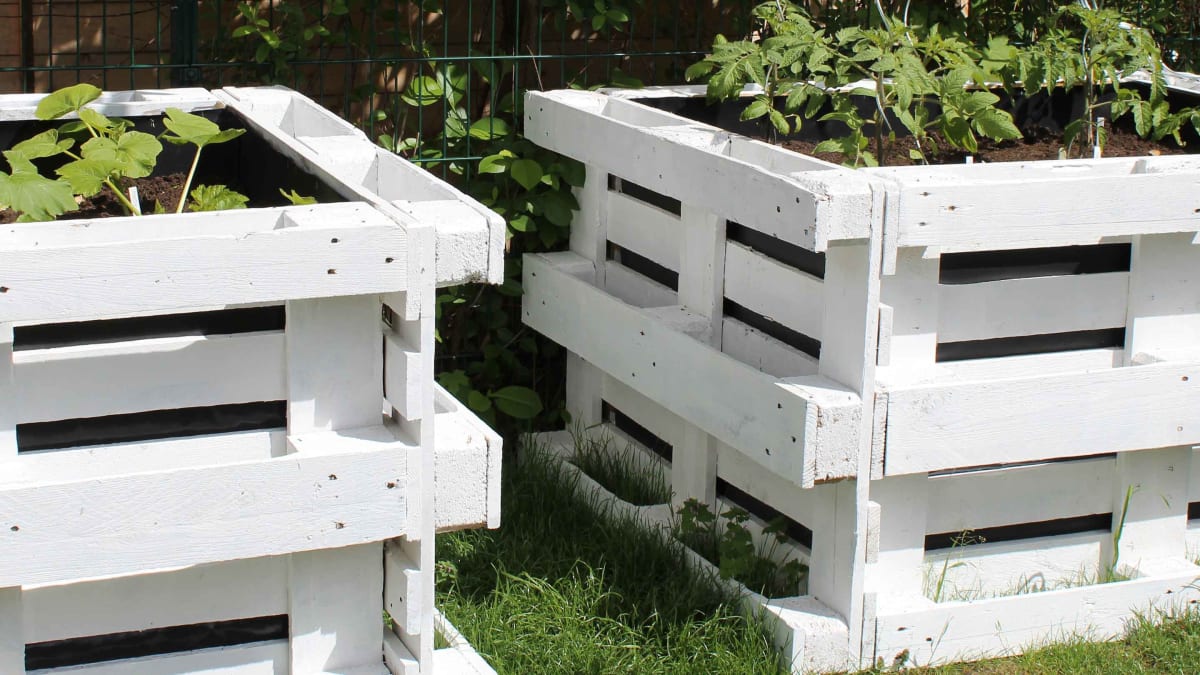
With these products you have all bases covered:

